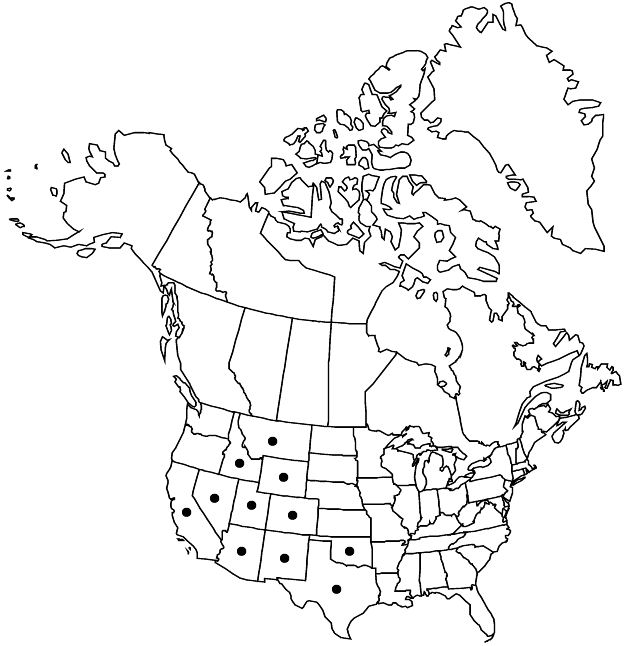Difference between revisions of "Tamarix chinensis"
Fl. Cochinch. 1: 182. 1790.
Common names: Saltcedar five-stamen tamarisk
IntroducedWeedy
Synonyms: Tamarix juniperina Bunge
FNA>Volume Importer |
imported>Volume Importer |
||
| (6 intermediate revisions by 2 users not shown) | |||
| Line 19: | Line 19: | ||
|name=Tamarix juniperina | |name=Tamarix juniperina | ||
|authority=Bunge | |authority=Bunge | ||
| + | |rank=species | ||
}} | }} | ||
|hierarchy=Tamaricaceae;Tamarix;Tamarix chinensis | |hierarchy=Tamaricaceae;Tamarix;Tamarix chinensis | ||
| Line 34: | Line 35: | ||
|elevation=0–2500 m | |elevation=0–2500 m | ||
|distribution=Ariz.;Calif.;Colo.;Idaho;Mont.;Nev.;N.Mex.;Okla.;Tex.;Utah;Wyo.;e Asia;introduced also in South America (Argentina). | |distribution=Ariz.;Calif.;Colo.;Idaho;Mont.;Nev.;N.Mex.;Okla.;Tex.;Utah;Wyo.;e Asia;introduced also in South America (Argentina). | ||
| − | |discussion=<p>Tamarix chinensis, morphologically very similar to T. ramosissima, hybridizes with T. ramosissima (commonly) and T. aphylla (rarely).</p> | + | |introduced=true |
| + | |discussion=<p><i>Tamarix chinensis</i>, morphologically very similar to <i>T. ramosissima</i>, hybridizes with <i>T. ramosissima</i> (commonly) and <i>T. aphylla</i> (rarely).</p> | ||
|tables= | |tables= | ||
|references= | |references= | ||
| Line 43: | Line 45: | ||
-->{{#Taxon: | -->{{#Taxon: | ||
name=Tamarix chinensis | name=Tamarix chinensis | ||
| − | |||
|authority=Loureiro | |authority=Loureiro | ||
|rank=species | |rank=species | ||
| Line 59: | Line 60: | ||
|publication year=1790 | |publication year=1790 | ||
|special status=Introduced;Weedy | |special status=Introduced;Weedy | ||
| − | |source xml=https:// | + | |source xml=https://bitbucket.org/aafc-mbb/fna-data-curation/src/2e0870ddd59836b60bcf96646a41e87ea5a5943a/coarse_grained_fna_xml/V6/V6_787.xml |
|genus=Tamarix | |genus=Tamarix | ||
|species=Tamarix chinensis | |species=Tamarix chinensis | ||
Latest revision as of 22:23, 5 November 2020
Shrubs or trees, to 8 m. Leaves: blade lanceolate to ovate-lanceolate, 1.5–3 mm. Inflorescences 2–6 cm × 5–7 mm; bract reaching or exceeding pedicel, not exceeding calyx tip. Flowers 5-merous; sepals 0.5–1.5 mm, margins entire; petals elliptic to ovate, 1.5–2 mm; antisepalous stamens 5, filaments alternate with nectar disc lobes, some or all originating from below disc. 2n = 24.
Phenology: Flowering early spring–fall.
Habitat: Riverways, lakeshores, arroyos
Elevation: 0–2500 m
Distribution

Introduced; Ariz., Calif., Colo., Idaho, Mont., Nev., N.Mex., Okla., Tex., Utah, Wyo., e Asia, introduced also in South America (Argentina).
Discussion
Tamarix chinensis, morphologically very similar to T. ramosissima, hybridizes with T. ramosissima (commonly) and T. aphylla (rarely).
Selected References
None.
Lower Taxa
None.